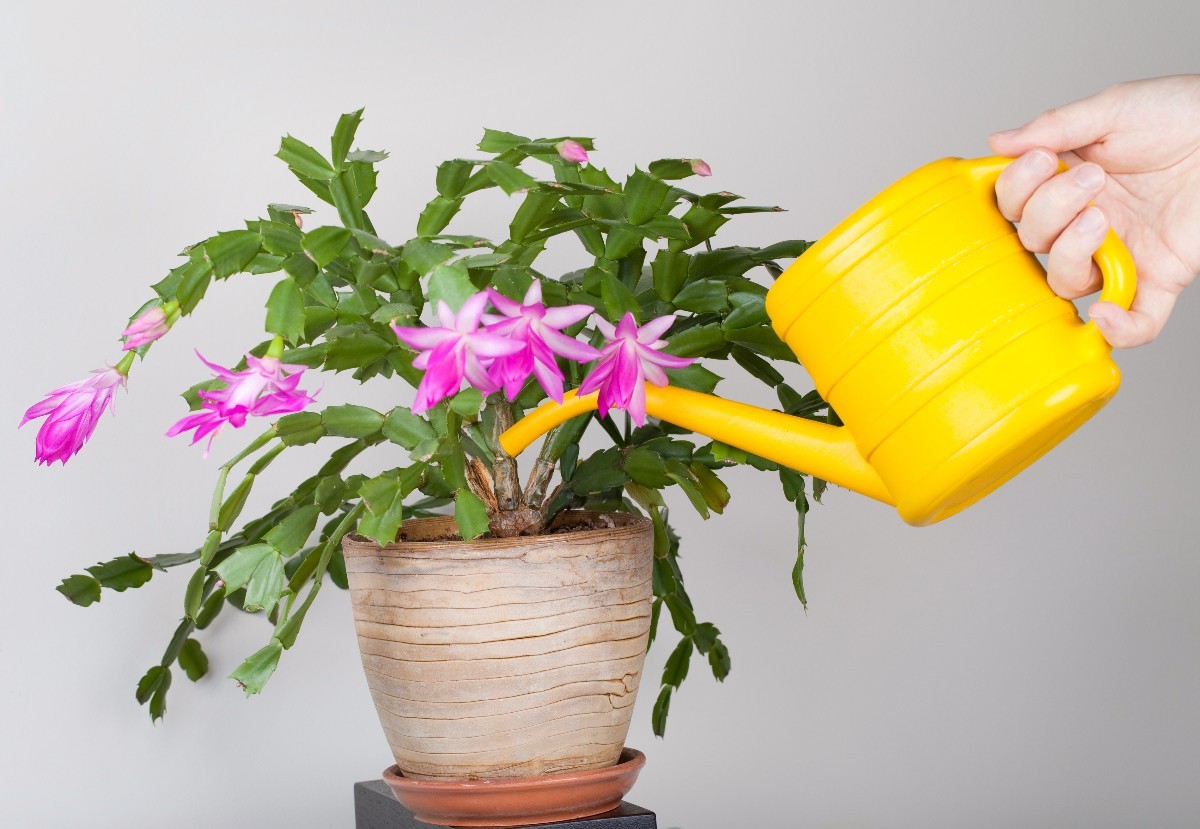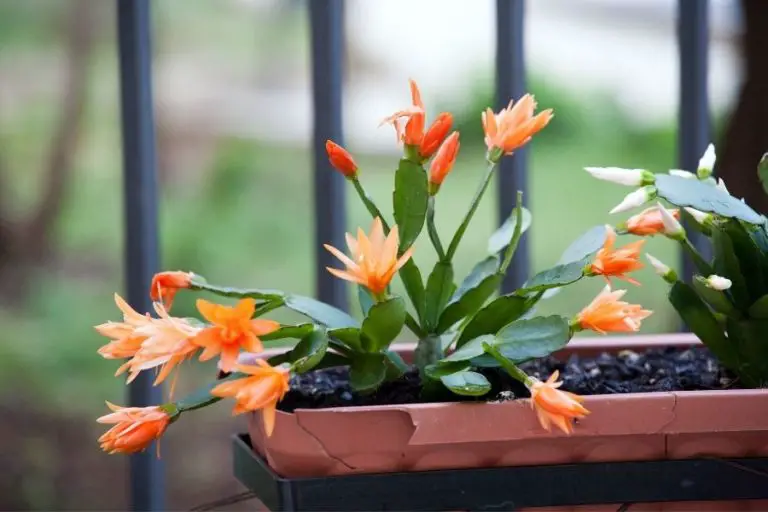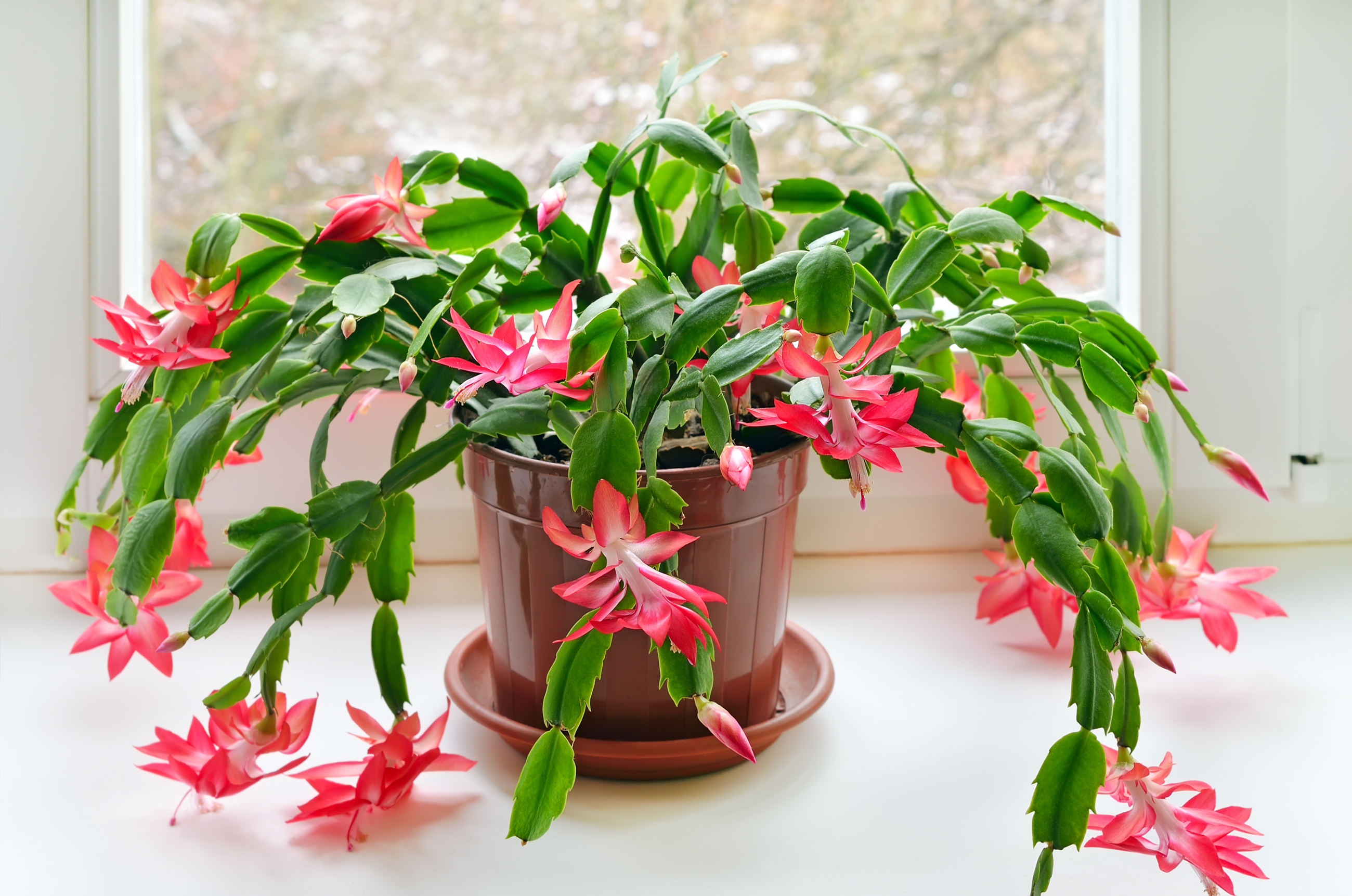Unlocking the Secrets of a Thriving Christmas Cactus
The Christmas cactus, a popular holiday plant, brings joy and festive cheer to many homes during the winter season. With its vibrant flowers and low-maintenance requirements, it’s no wonder why this plant has become a staple in many households. However, to ensure your Christmas cactus remains healthy and thriving, it’s essential to understand how to care for it properly. By providing the right conditions, you can enjoy your plant’s beautiful blooms for years to come. In fact, learning how to care for Christmas cactus plant is crucial to its longevity and beauty. By following the right techniques and guidelines, you can create an ideal environment for your plant to flourish.
Lighting the Way: Providing the Right Conditions
When it comes to how to care for Christmas cactus plant, one of the most critical factors is lighting. Christmas cacti require a delicate balance of direct and indirect sunlight to thrive. During the spring and summer months, it’s essential to provide your plant with bright, indirect sunlight. This can be achieved by placing it near an east- or west-facing window. However, during the fall and winter months, you can gradually increase the amount of direct sunlight your plant receives. Aim for 4-6 hours of direct sunlight per day to promote healthy growth and blooming.
It’s also important to note that Christmas cacti can be sensitive to intense sunlight, especially in warmer climates. To avoid scorching your plant’s leaves, consider using a sheer curtain or shade to filter the sun’s rays. By providing the right amount of light, you can create an ideal environment for your Christmas cactus to flourish.
Watering Wisdom: Avoiding Overhydration and Underhydration
Proper watering is a crucial aspect of how to care for Christmas cactus plant. Overhydration and underhydration are common mistakes that can lead to root rot, nutrient deficiencies, and a weakened immune system. To avoid these issues, it’s essential to check the soil moisture regularly. Stick your finger into the soil up to the first knuckle, and if the soil feels dry, it’s time to water. If it’s already moist, wait a few more days before watering again.
When watering your Christmas cactus, make sure to water sparingly. Water should flow out of the pot’s drainage holes, indicating that the soil is moist but not waterlogged. Avoid getting water on the plant’s leaves or stems to prevent fungal diseases. Instead, water at the base of the plant, allowing the soil to absorb the water. By watering correctly, you can ensure your Christmas cactus receives the right amount of moisture to thrive.
Fertilizing for Success: Nourishing Your Christmas Cactus
Fertilizing is a crucial aspect of how to care for Christmas cactus plant. A well-nourished plant is better equipped to thrive and produce vibrant flowers. When it comes to fertilizing Christmas cacti, it’s essential to choose a balanced, water-soluble fertilizer that is specifically formulated for cacti and succulents. Avoid using fertilizers that are high in nitrogen, as they can promote weak, leggy growth.
Apply fertilizer during the growing season, which typically runs from spring to fall. Dilute the fertilizer to half the recommended strength to prevent burning the roots. Fertilize your Christmas cactus every 2-3 weeks during the growing season, and then stop fertilizing during the winter months when the plant is dormant. By providing your plant with the right nutrients, you can encourage healthy growth, vibrant flowers, and a strong root system.
Temperature and Humidity: Creating a Comfortable Environment
When it comes to how to care for Christmas cactus plant, temperature and humidity play a crucial role in creating a comfortable environment. Christmas cacti prefer daytime temperatures between 65°F to 70°F (18°C to 21°C) and nighttime temperatures around 55°F to 65°F (13°C to 18°C). Avoid placing your plant near heating vents, fireplaces, or drafty windows, as sudden temperature fluctuations can cause stress.
In terms of humidity, Christmas cacti thrive in a relatively humid environment, typically between 50% to 60% relative humidity. To maintain the ideal humidity level, you can place the pot on a tray filled with water and pebbles or use a humidifier nearby. Be cautious not to over-humidify, as this can lead to root rot and other problems. By providing your Christmas cactus with the right temperature and humidity conditions, you can promote healthy growth and encourage blooming.
Potting and Repotting: Giving Your Plant Room to Grow
When it comes to how to care for Christmas cactus plant, potting and repotting are essential steps in providing your plant with the necessary room to grow and thrive. Christmas cacti prefer well-draining potting mixes that are specifically designed for cacti and succulents. Avoid using regular potting soil, as it can retain too much water and cause root rot.
Choose a pot that is slightly larger than the previous one, and gently remove the plant from its container. Inspect the roots and trim away any dead or damaged roots with sterile scissors. Then, place the plant in its new pot, adding fresh potting mix around the roots. Water sparingly after repotting to prevent washing away the new potting mix.
Repot your Christmas cactus every 2-3 years in the spring, when it becomes pot-bound. This will give the roots room to grow and promote healthy growth. By following these potting and repotting tips, you can provide your Christmas cactus with the ideal environment to flourish and enjoy its beautiful blooms for years to come.
Pruning and Grooming: Shaping Your Christmas Cactus
Pruning and grooming are essential steps in how to care for Christmas cactus plant, as they help maintain the plant’s shape, promote healthy growth, and encourage blooming. To prune your Christmas cactus, use clean, sharp scissors or pruning shears to remove any dead or damaged segments. This will prevent the spread of disease and encourage new growth.
After pruning, use a soft-bristled brush to gently remove any debris or dust from the plant’s stems and leaves. This will help improve air circulation and prevent pests from taking hold. To maintain the plant’s shape, prune back any long, leggy segments, and trim the tips of the stems to encourage branching.
Regular pruning and grooming will also help promote blooming. By encouraging bushy growth and removing any weak or damaged segments, you can increase the chances of your Christmas cactus producing vibrant, colorful blooms. By following these pruning and grooming tips, you can keep your Christmas cactus looking its best and enjoy its beautiful blooms for years to come.
Troubleshooting Common Issues: Pests, Diseases, and More
When it comes to how to care for Christmas cactus plant, troubleshooting common issues is an essential part of maintaining the plant’s health and beauty. One of the most common problems that can arise is pest infestation, particularly mealybugs, spider mites, and scale. To prevent infestation, inspect the plant regularly and treat any infestations promptly with insecticidal soap or neem oil.
Diseases such as root rot, leaf spot, and stem rot can also affect Christmas cacti. These diseases are often caused by overwatering, poor air circulation, and high humidity. To prevent disease, ensure good air circulation, water sparingly, and remove any dead or damaged segments. Fungal diseases can be treated with fungicides, while bacterial diseases may require antibiotic treatment.
Nutrient deficiencies can also affect Christmas cacti, particularly iron, magnesium, and potassium deficiencies. To prevent deficiencies, fertilize regularly with a balanced, water-soluble fertilizer. If deficiencies do occur, treat the plant with a fertilizer specifically formulated to address the deficiency.
By being aware of these common issues and taking preventative measures, you can ensure your Christmas cactus remains healthy and thriving. Remember, proper care, including regular pruning, fertilizing, and pest management, is key to how to care for Christmas cactus plant and enjoying its beautiful blooms for years to come.



:max_bytes(150000):strip_icc()/christmas-cactus-4176983-8-77aa89da351b407ea40dca98ab1ba196.jpg)





